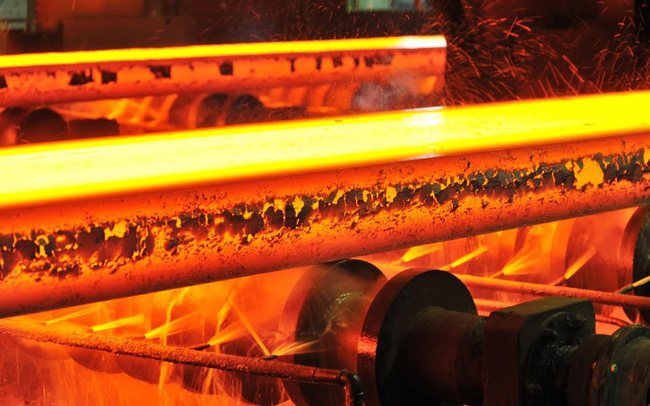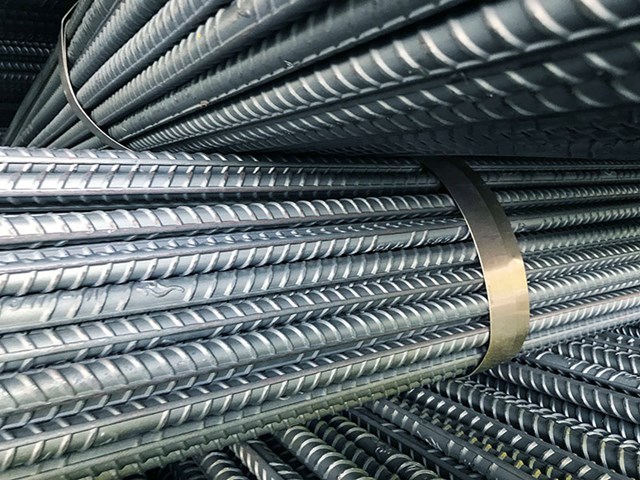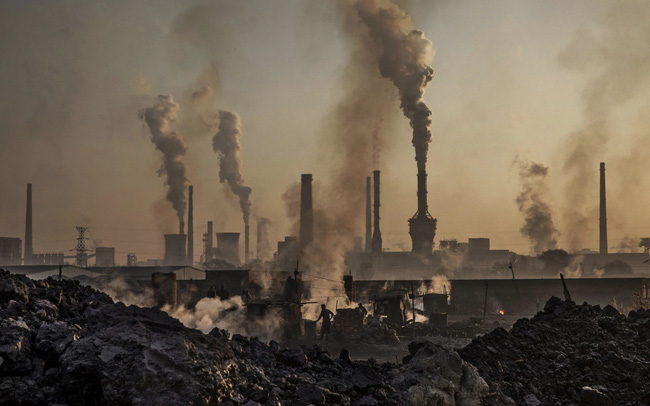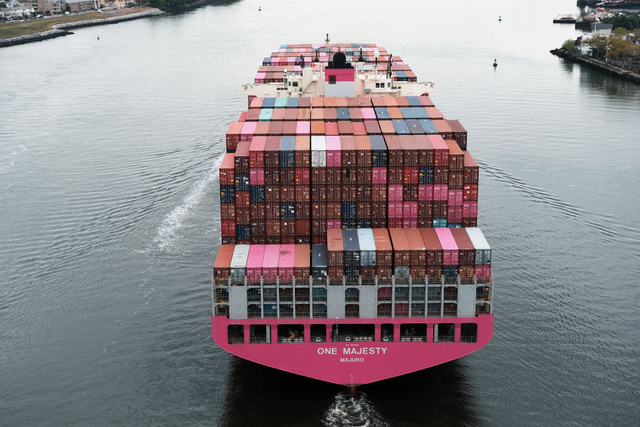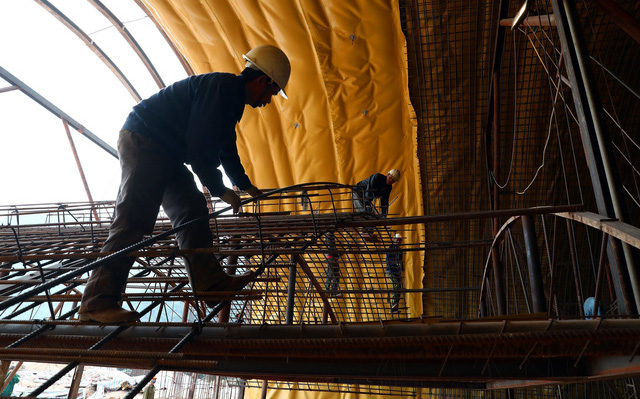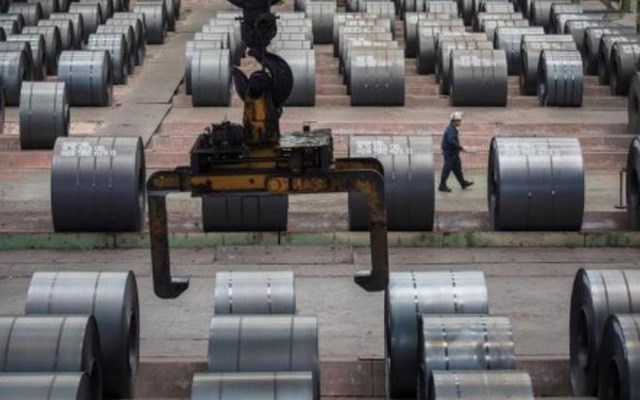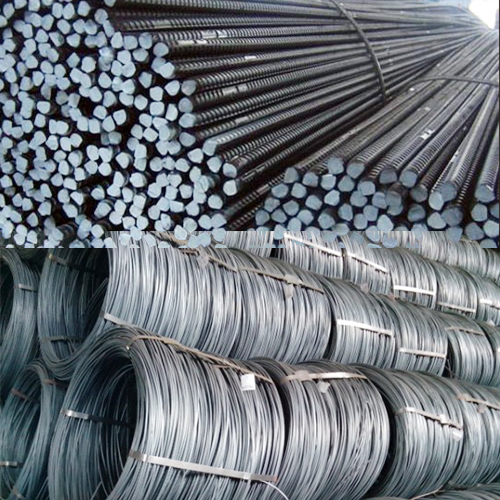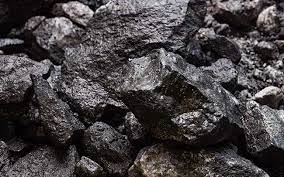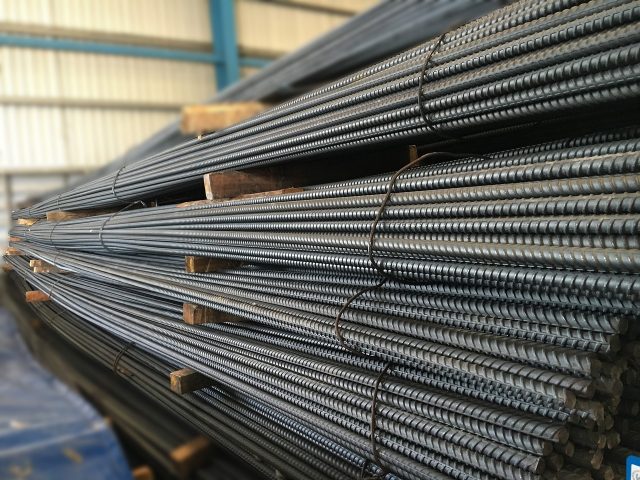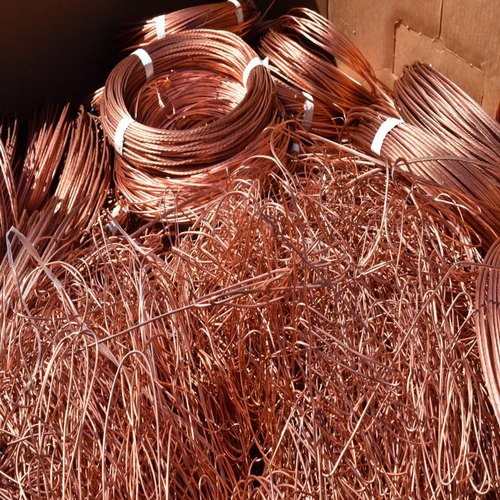Tightening gas supplies have pushed prices up dizzyingly and shaken the economic outlook across Europe.
According to CNBC, Europe is facing an unprecedented energy crisis, pushing its economy closer to recession and raising many questions about its ambition to cut emissions.
The three charts below show how Russia is squeezing energy supplies to the detriment of Europe.
How much does Russia cut gas?
Russia has significantly reduced the flow of gas to Europe since Western nations imposed sanctions on the Kremlin in protest of the military campaign in Ukraine.
Moscow denies using gas as a weapon. But the European side alleges that Gazprom, Russia’s state-owned energy company, is no longer a reliable supplier.
Falling Russian gas supplies are a problem for the EU states, as the bloc used to import 40% of its gas from Moscow before the conflict began. Data from Nord Stream confirms that the volume of gas moving to the West is dwindling.

Thông thường, đường ống Nord Stream 1 vận chuyển khoảng 1/3 lượng khí đốt đến châu Âu. Đường ống qua Ukraine cũng đang bị cắt giảm công suất.
Last week alone, the supply via Nord Stream 1 dropped from 40% to only 20%. Gazprom attributed the drop to a maintenance-related issue.
German Economy Minister Robert Habeck said Gazprom’s defense was a “farce”. Supply has also been completely stopped for 10 days of maintenance, starting from July 11th.
According to the European Commission, 12 member states have had their gas volumes cut while several others have been stopped altogether.
Top EU officials say Russia is “blackmailing” Europe and “weaponizing” its energy resources. Moscow has repeatedly denied the allegations.
“The EU has to be ready, there could be a complete disruption in the near future, and we need to have a plan,” Kadri Simson, European Commissioner for Energy, told CNBC last week. .
European leaders are concerned about a complete shutdown of gas flows, especially as many EU industries use the fuel as an input in the production process.
In this context, efforts have been made to find alternative suppliers and other energy sources. However, this transition is a difficult task that cannot be accomplished overnight.
The European Commission has required EU countries to have a minimum storage target of 80% by November. To date, the bloc’s total reserves have reached 69%, according to Gas Infrastructure Europe.
Fisher Price
Gas prices have risen dramatically after the Ukraine conflict broke out and even before Russia started to tighten the flow. Price pressure increases every time Russia reduces supply to Europe due to the importance of this commodity for some sectors and the difficulty of alternatives.
Salomon Fiedler, an economist at Berenberg bank, noted that gas prices in Europe are currently “exorbitantly expensive” compared with the 2015-2019 average.

Giá khí đốt đang ở mức cao cắt cổ, tiêu tốn của EU thêm khoảng 430 tỷ EUR mỗi năm.
“In a normal year, the EU could use about 4.3 billion megawatt-hours (MWh) of gas,” he said.
“If prices are higher than 100 EUR per megawatt hour (MWh) in a year and the EU has to pay this price instead of benefiting from long-term contracts, costs will increase by about 430 billion euros ($437 billion), equivalent to 3% of the bloc’s 2021 GDP,” he said.
And higher gas prices will hit the energy bills of companies and households across Europe.
“The price of European-standard natural gas at the Dutch Title Transfer Facility (Dutch TTF) has increased by 15% to almost 200 EUR/megawatt-hour as power companies scramble for supply,” the analysts said. analyst at consulting firm Eurasia Group said.
Growth dream shattered
With supplies falling and prices high, the gas crisis is shaking Europe’s economic outlook.
On July 29, the latest economic data in the euro area showed that GDP grew by 0.7% in the second quarter, higher than market expectations. But a growing number of economists see a recession in 2023.

The European Commission earlier this month said the economy would grow 2.7% this year and 1.5% next year. However, the organization also believes that Russia’s shutdown of gas supplies could lead to a recession by the end of 2022.
“High gas prices increase business costs and tighten consumer budgets. Therefore, we expect the euro area to fall into recession this fall with inflation remaining high,” said Fiedler at Berenberg bank.
T&G Import-Export Joint Stock Company
Address: 352 Hue Street, Le Dai Hanh Ward, Hai Ba Trung District, Hanoi
Hotline: 02473010868
Email: hrm@tginterjsc.com
Website: http://tgimportexport.com



